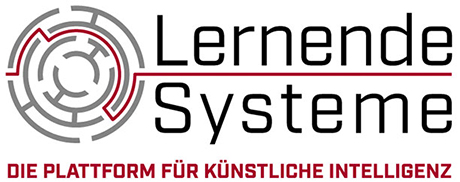
What questions should companies ask themselves when introducing AI?
Andreas Liebl: First of all you have to think about it: What do I actually want to do with the technology? Artificial Intelligence is first of all a new tool and the question is: How do I want to use it? Which use cases do I want to work with? Do I want to manufacture new products or improve my processes? Then the question arises how far I want to go: Do I use AI as a standard tool, as my competitors probably do? Or do I want to stand out from the competition - whether to gain a competitive advantage or to maintain my position?
What distinguishes AI from other IT tools?
Andreas Liebl: AI is a learning system. It's not about writing 10,000 lines of code as a requirement, programming it, handing it over and that's it. The introduction of AI is much more experimental. Data is very important - so I have to build up central data pools. Then I try it out and maybe get 70 or 80 percent accuracy in my application - and eventually more. I have to accept that. The introduction of AI is not deterministic, but probabilistic. That means I have to learn to deal with uncertainty and probabilities. And I have to collect data in such a way that I can also learn with this data. In addition, it must be clear that there are currently far too few AI specialists. It is therefore important to use the few resources as efficiently as possible. If every department starts to build a small application, I will never get beyond prototypes - and the specialists will also leave my company relatively quickly.
Where are the classic stumbling blocks in the introduction of AI?
Andreas Liebl: Very classical: There are many prototypes that never make it into application. The technology for AI systems is available. Often the company gets to relevant data after some time. Then a neural network is trained and the prototype is ready - and remains a prototype because the project was set up as such from the beginning. For a successful introduction, however, I have to think of AI from the very beginning as a product that will be implemented in the long term. That means: Instead of historical data I have to use real time data - even if it might be wrong. And: Instead of a fixed-designed solution, I need a stable system that can be used and maintained reliably.
